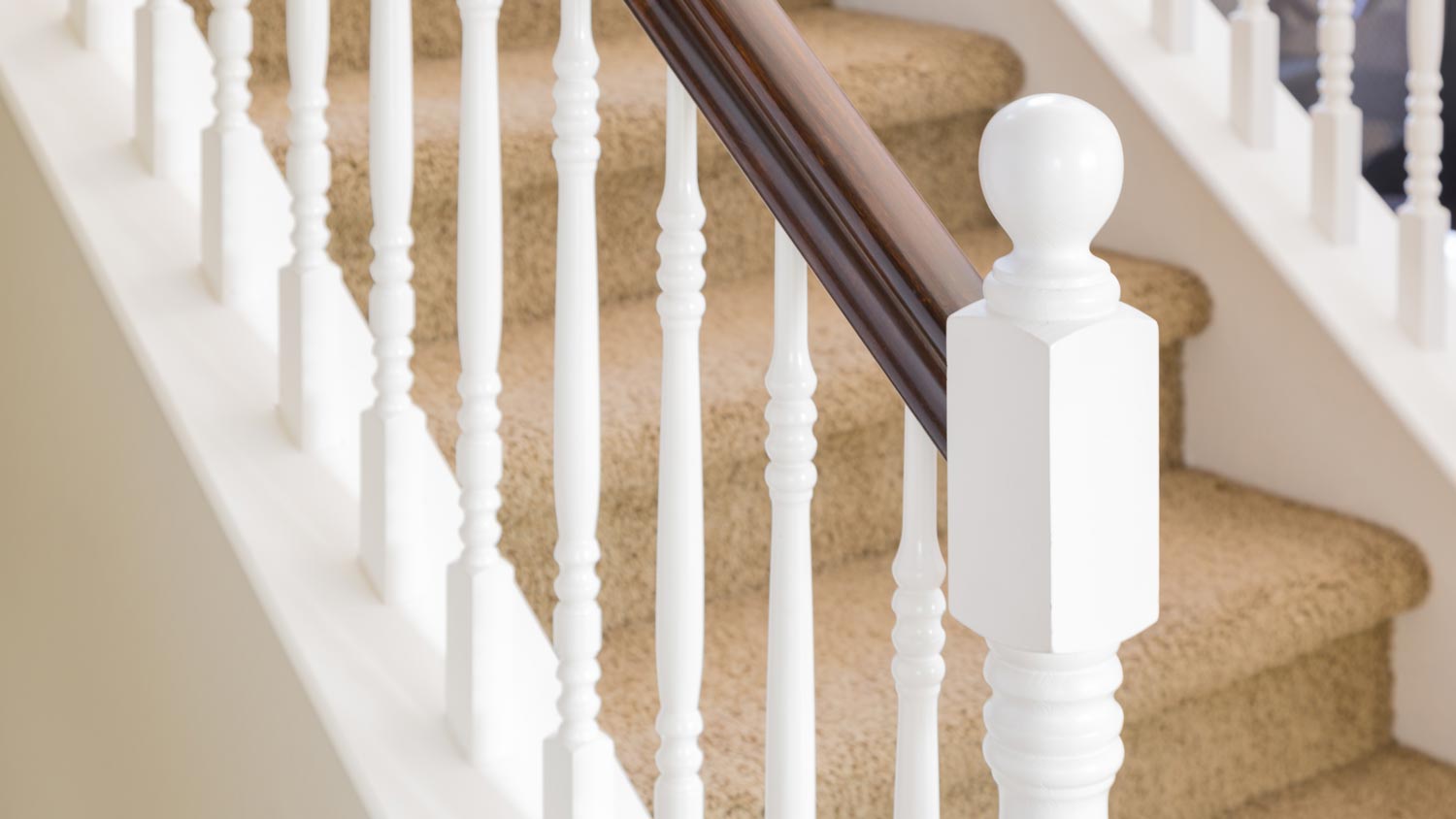
Get expert insights on stair railing repair cost, including average prices, cost factors, and tips to save money. Plan your stair railing repair project with confidence.
Wood that handles hallway chaos


Wood adds a polished, refined look to any room, but choosing the best wood for baseboards makes a big difference in both appearance and performance. From moisture resistance in bathrooms to durability in high-traffic hallways, each type of wood has its strengths and drawbacks. Learn all about the wood materials you can choose from to find a durable and aesthetically pleasing trim.
| Type | Durability |
|---|---|
| Oak | Excellent |
| Maple | Excellent |
| Cherry | Good |
| Walnut | Good |
| Poplar | Fair |
| Pine | Fair |
| MDF | Fair |
Oak is a dense, durable hardwood that holds up well in busy households and can handle occasional moisture with the right finish. The density of the wood helps it resist dents and scratches, making it a great choice for high-traffic areas. Its prominent grain adds natural texture, and when sealed properly, oak makes a solid choice for bathroom baseboards, especially in traditional or rustic design styles.
| Pros | Cons |
|---|---|
| High durability | More expensive than softwoods |
| Dent resistant | Can be difficult to paint |
| Stains well | Challenging to cut and nail |
Best for: Areas with a lot of foot traffic, such as living rooms, entryways, or hallways.
Maple is another hard, dense wood that offers a smooth, even grain, which is ideal for painting and staining. It’s highly resistant to wear and tear, making it great for baseboards in areas that require durability. The fine grain gives it a clean, modern look.
| Pros | Cons |
|---|---|
| High durability | More expensive than softwoods |
| Resists dents and dings | Can be harder to work with |
| Smooth grain ideal for painting or staining | May require pre-treatment before staining |
Best for: Modern or minimalistic homes where clean lines and smooth finishes are desired.
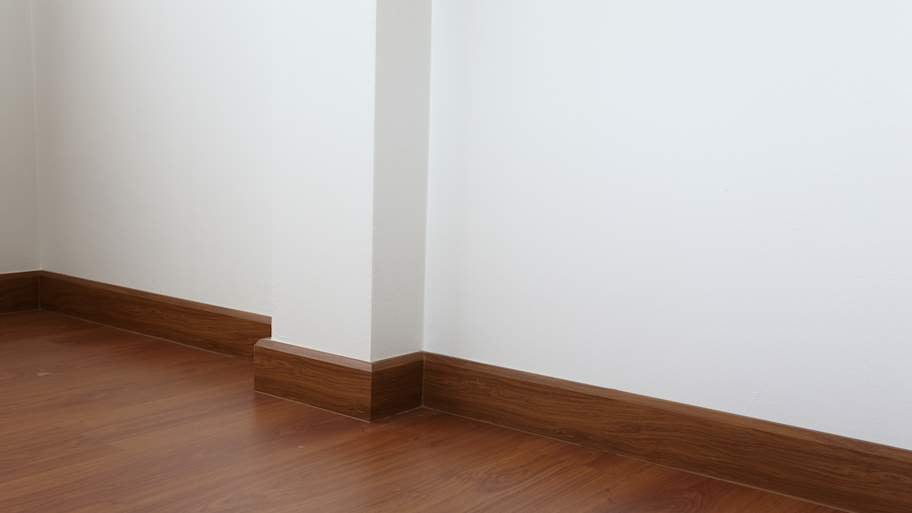
Prized for its rich color and elegant aging, cherry wood deepens over time into a reddish-brown hue. Though softer than oak or maple, it adds a warm, sophisticated touch to any room. Cherry is best used where its natural beauty can shine without heavy wear.
| Pros | Cons |
|---|---|
| Luxurious appearance | Expensive |
| Ages beautifully | Less dent-resistant than hardwoods |
| Smooth texture | Limited options |
Best for: Upscale bedrooms, dining rooms, or formal living areas where appearance is more important than durability.
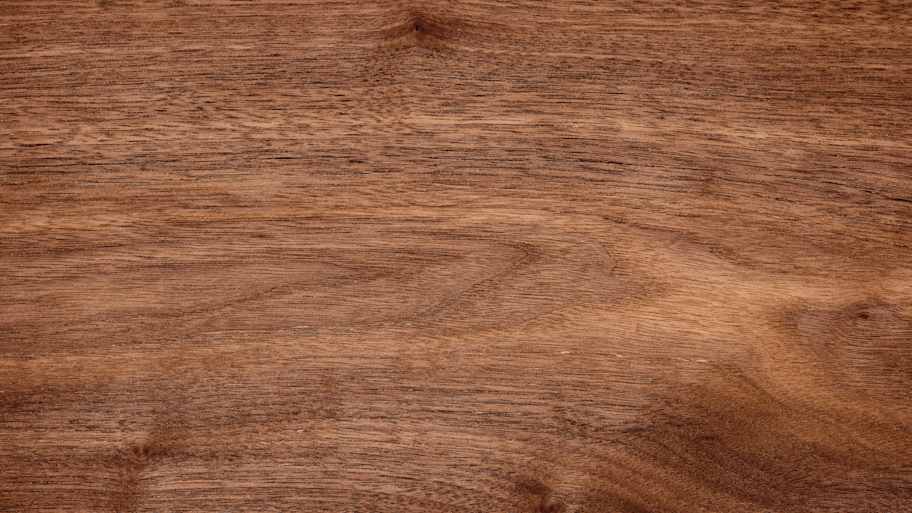
Walnut is a rich, dark hardwood with a bold grain and luxurious feel. It’s moderately durable and brings a dramatic, high-end look to trim work. It's not as tough as oak or maple, but walnut is perfect for making a visual impact.
| Pros | Cons |
|---|---|
| Reasonably durable | Expensive |
| High-end appearance | Slightly softer than hardwood |
| Distinctive grain pattern | Less available for trim |
Best for: Homes where deep tones and visual warmth are part of the design.
Poplar is a cost-effective hardwood that’s smooth, lightweight, and easy to paint. While it’s not as durable as oak or maple, it’s ideal for projects where the trim will be painted. The material is easy to work with and suitable for DIY installations.
| Pros | Cons |
|---|---|
| Affordable | Dents easily |
| Excellent for painted trim | Not ideal for staining |
| Easy to cut and install | Limited moisture resistance |
Best for: Rooms where style flexibility and budget are top priorities.
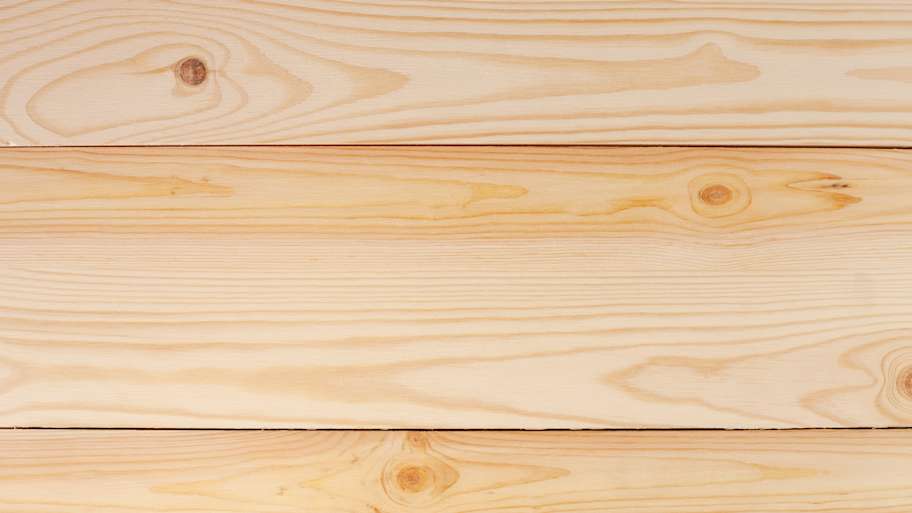
Pine is a softwood that’s easy to work with and budget-friendly. It’s widely available and used for baseboards in DIY projects or lower-cost builds. It can be painted or stained, though it requires sealing to prevent warping or moisture damage.
| Pros | Cons |
|---|---|
| Affordable | Soft and prone to damage |
| Easy to cut and fasten | Susceptible to moisture and warping |
| Paints well | Inconsistent grain, noticeable when staining |
Best for: Casual or rustic interiors, or temporary trim solutions where affordability matters most.
MDF (Medium-Density Fiberboard) is an engineered wood product made from wood fibers and resin, known for its smooth surface and low cost. The material is ultra-smooth and ideal for painted baseboards, making MDF baseboards and pine similar in style. However, it’s vulnerable to moisture and should be used with caution in damp areas.
| Pros | Cons |
|---|---|
| Affordable | Brittle edges chip easily |
| Easy to install | Not moisture-resistant |
| Smooth surface ideal for painting | Not as strong as solid wood |
Best for: Painted trim in dry spaces.
The best wood for baseboards in your home depends on the specific conditions of each room. For example, bathrooms, kitchens, and basements are prone to higher humidity levels, so moisture resistance is a top priority. Durable hardwoods like oak or maple are the best baseboards for bathrooms, as they’re less likely to swell or warp over time. Dry spaces like bedrooms and home offices can handle softer woods like pine or poplar, especially if you're painting rather than staining the trim.
Foot traffic and wear-and-tear are other key factors when choosing types of baseboards. Hallways, living rooms, and entryways get more use, so hardwoods like maple or oak can prevent dings and dents from vacuums, shoes, or pets.
For lower-traffic rooms, you have more flexibility to prioritize style or budget. Also consider your design preferences: if you want to highlight the natural grain of the wood, choose a stain-grade material like cherry, walnut, or oak. For a smooth, modern look that will be painted, poplar or MDF offers a clean finish at a lower cost.
DIYing wood baseboard installation is a great option for handy homeowners. It's simpler to learn how to install baseboards when using forgiving materials like poplar or MDF that are easy to cut and install. However, achieving clean corners, precise cuts, and a professional-looking finish takes time and attention to detail, especially in rooms with uneven floors or lots of angles.
If you want to install hardwoods like oak, maple, or walnut, or have tricky floors to maneuver, it’s best to hire a local baseboard installer. The average baseboard installation cost ranges between $800 and $2,250. Pros know how to cut baseboard corners, how to fill the gap between the floor and baseboard, and create seamless transitions, which can significantly enhance the finished look.
From average costs to expert advice, get all the answers you need to get your job done.

Get expert insights on stair railing repair cost, including average prices, cost factors, and tips to save money. Plan your stair railing repair project with confidence.

Installing trim can give your home a finished, polished appearance. Learn how much it costs to install trim and what factors affect how much you’ll pay.
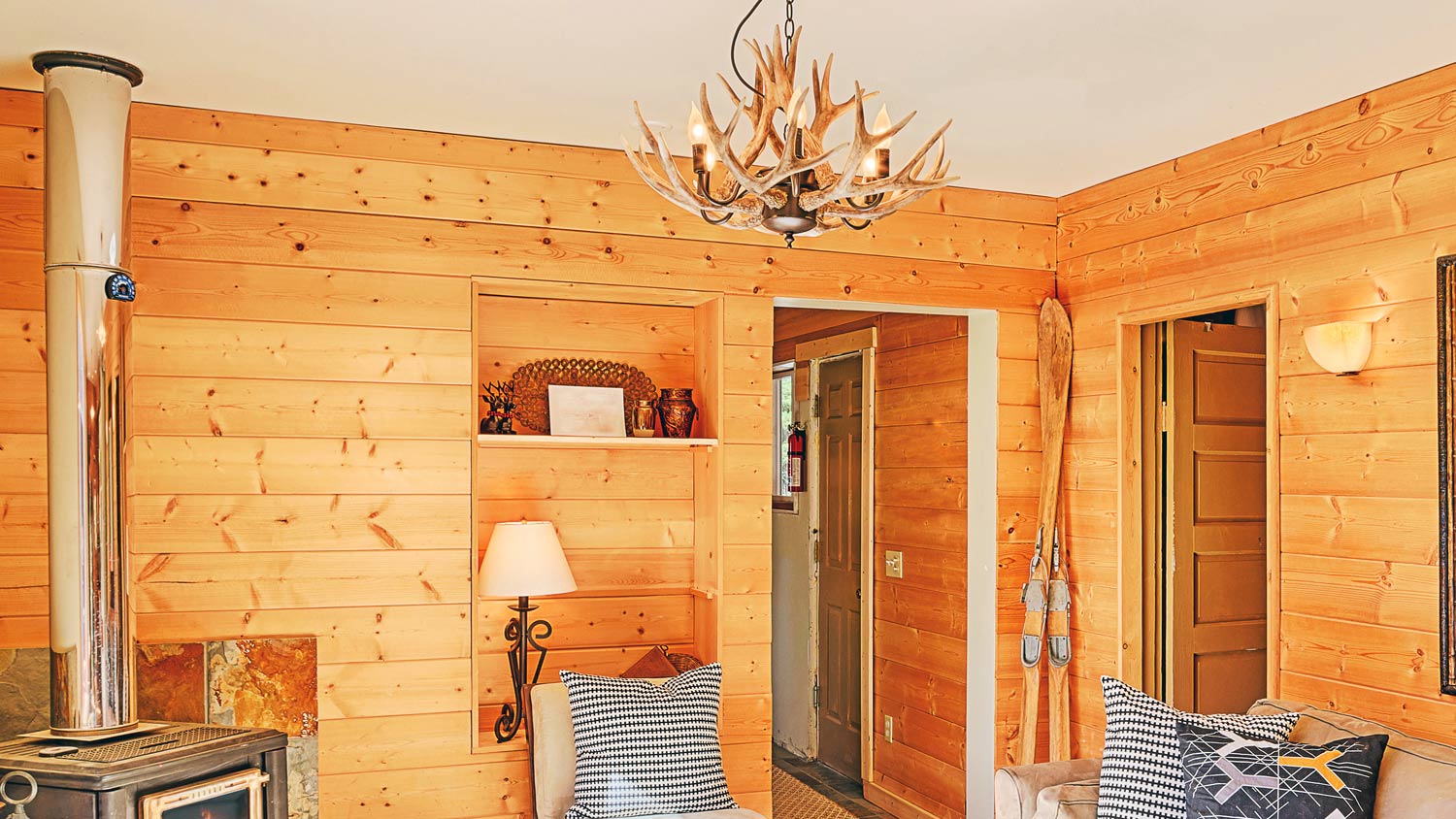
Get the facts on the cost to remove wood paneling, including average prices, key factors, and tips to help you budget your project with confidence.

Crown molding sizes aren’t standardized. In fact, the right size for your space depends on the ceiling height, room size, and your home’s style.
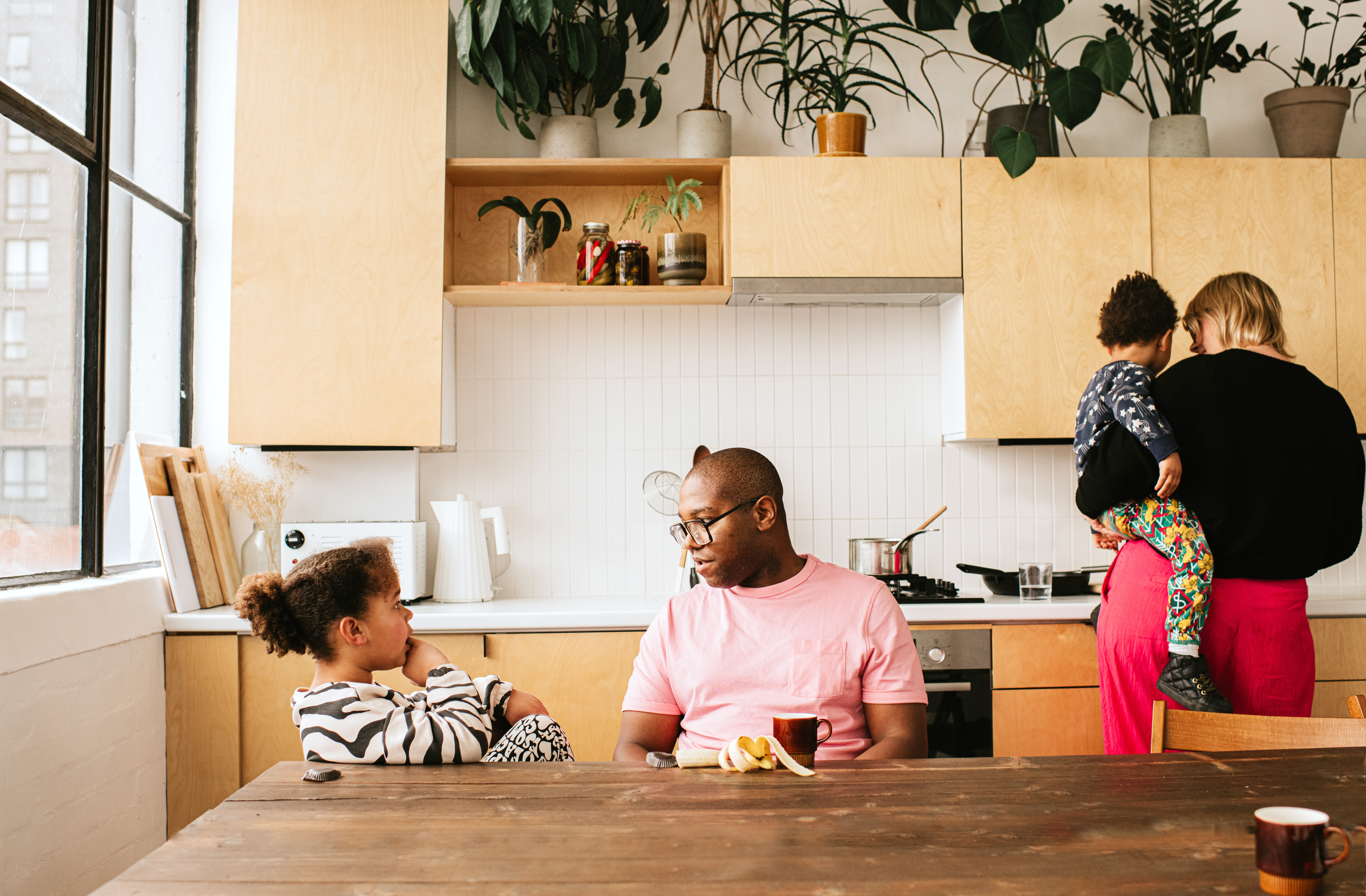
Stumped about when to use plywood? While well-known in the construction industry, homeowners may be unclear about what plywood is. Learn more in this article.
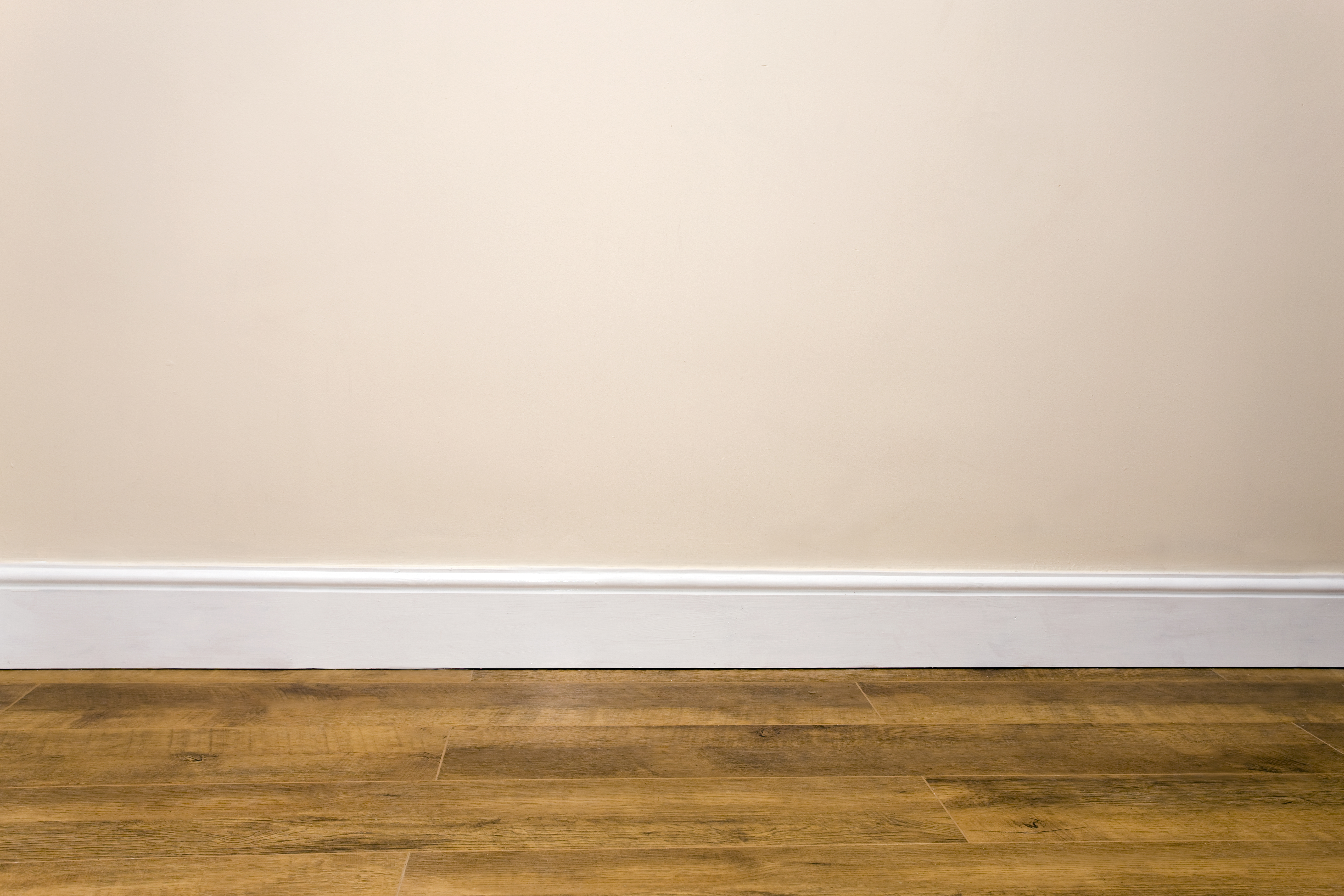
Baseboards see a lot of traffic and are susceptible to dents, dings, and water damage. Learn how to repair damaged baseboards to keep your trim looking good as new.